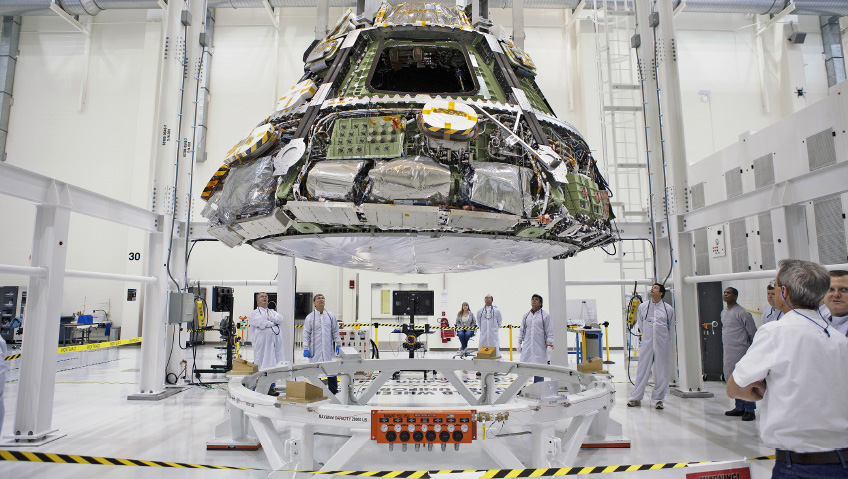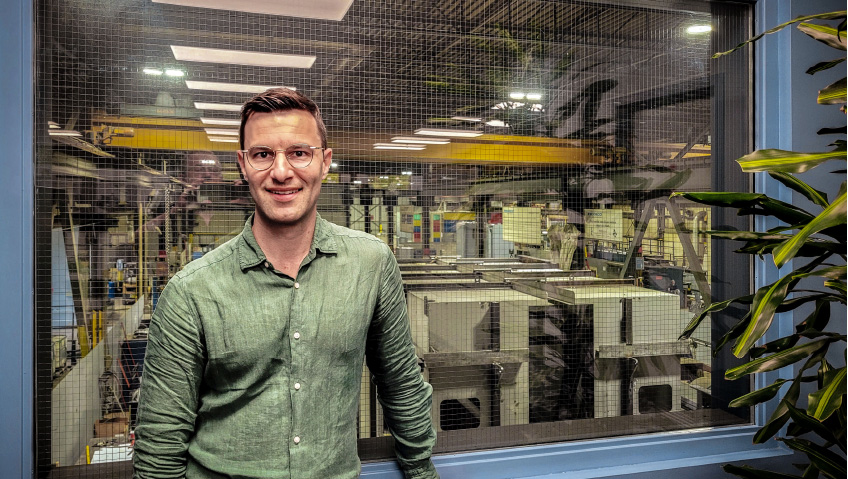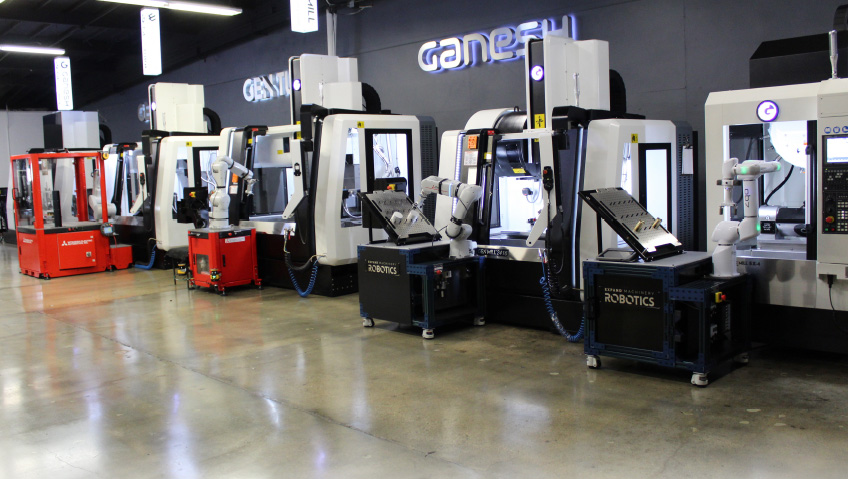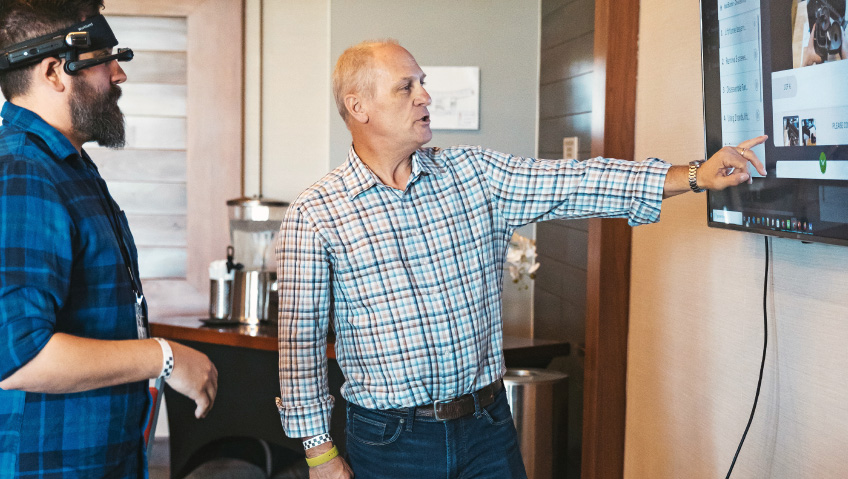What would you have done if your company was trying to take advantage of oil prices at $150/barrel (as they were once), and wanted to position an oil rig over an abandoned wellhead in a Los Angeles oil field?
What about if you were a museum official tasked with moving an enormous and priceless artifact in a tight space to accommodate renovations, and it was suggested that the top of the building be removed to allow a crane access to move the artifact 1,000 feet to another inside area?
Those are two real-life scenarios where entrepreneurs and museum officials turned to AeroGo’s solutions providers, with their engineering and design expertise and innovative hovercraft technology, to accomplish the seemingly impossible.
On air casters, the oil rig floated above ½-inch-thick steel planks laid over the rough field, and using the product’s omnidirectional capabilities, was positioned within a fraction of an inch on the wellhead, making what had been considered economically unfeasible a viable operation.
Meanwhile, using the same hovercraft technology, the heavy and unwieldy museum artifact was gently maneuvered in the confined space with only two and a half feet of clearance from the ceiling, while the roof remained intact.
Solutions, solutions, solutions
Admittedly, these are not everyday occurrences, but as AeroGo’s CEO John Massenburg and Director of Sales Roman Scott indicate, they are dramatic demonstrations of the capabilities of the technology and the lengths to which the company will go for a solution.
“We build consultative services to solve problems,” Massenburg says, referring to the enormous range of industries that benefit from AeroGo’s solutions. “In terms of scope, we are an inch thick and a mile wide because our products have an application for just about every industry.”
The industries he refers to range from factory automation to power generation and distribution, from defense and marine industries to modular construction, from pharmaceuticals and biotech to the aerospace industry where it all began.
“Our roots were a spinoff from Boeing,” Massenburg says. “They developed the style of air caster that we make now. It was based on hovercraft technology and first used to align heavy aerospace parts—fuselages and wings—before assembling them in the factory.”
However, building planes is a niche market. When the developers recognized the technology had many applications beyond the aerospace industry, they created AeroGo as a separate entity in 1967. 57 years later, the company continues to grow and thrive, helping a wide range of industries do the same with the equipment it manufactures at its 45,000-square-foot fabrication and assembly facility in Tukwila, just outside Seattle, Washington.
Not only is AeroGo manufacturing its products in the U.S., but the company is vertically integrated. “We source all of our materials regionally—rubber, steel, aluminum, electronics, and electrical components—reducing our manufacturing footprint,” Scott says. “We are also doing our bit toward reducing the trade deficit by exporting approximately half of our products.”
AeroGo, he tells us, maintains a dealer network in countries around the world, including Australia and South America, but its largest customers are in Western Europe and Asia.
Important innovations
The company manufactures a range of air casters designed for a variety of environments, including critical operations, factories, clean rooms, floors with gaps or boards, and special applications requiring additional lift heights, which can be accommodated by high-lift air casters. AeroGo makes the only air bearings that meet or exceed ASME B30.1 safety requirements and can be used to replace air casters on other manufacturers’ equipment.
Among the AeroGo family of products are air caster rigging systems, air cushion vehicles, wheeled vehicles, air pallets, air planks, air transporters, and custom engineered solutions.
“What air caster or hovercraft technology does,” Massenburg says, “is allow things that are so heavy—five thousand pounds to 500,000 pounds—that traditionally they would be moved by a forklift or some kind of powered tugger with chains and pulleys, or even a crane, to be moved by hand, or with a remote control,” he explains.
“The other important part of the piece is that it is very easy to take one of these heavy objects on air casters and precisely place or adjust it. I like to use an air hockey table as an example: those pucks can go in any direction, so air casters also go in any direction and allow us to maneuver something into a tight space. Alternatively, we can take two parts that weigh thousands of pounds each and put them into place by hand so they can be bolted together, and that’s another example of omnidirectional movement.”
Factory flexibility
As a company proudly bearing its Made in America bona fides, AeroGo is well-positioned to assist manufacturing’s return and recovery in North America through factory automation, which Massenburg defines as “essentially moving things in factories to produce a product, taking advantage of the technology’s low friction and omnidirectional movement.”
He says that applications of the technology in a factory might involve rigging, moving a heavy machine tool from one side of the factory floor to the other, moving raw materials, moving work platforms, or moving parts of the product so they can come together to be assembled and then moved out of the factory. Air caster technology gives factory managers operational flexibility, Scott says. “You could say it’s our number one value proposition.”
The technology, which has no harmful emissions, eliminates the need for fossil fuel-powered forklifts and typically is a fraction of the cost.
Air caster advantages
Because of the low friction and ease of movement, the technology opens up work opportunities for people who are not extremely strong. “If you were to take something that weighs 1,000 pounds and put it on wheeled casters, the big burly guys will be able to move it, but if you’re not burly you won’t. But with air casters, someone small in stature can move something very heavy, so that gives factory management flexibility in the workforce,” he says.
To demonstrate, AeroGo’s website includes a video of two children, ages six and seven, pushing a 5,500-pound pickup truck back and forth while it hovers above the factory floor on air casters.
Protecting the factory floor from damage by hard wheel casters is yet one more reason to adopt air caster technology.
“We’ve been talking about lighter weight applications in factories,” Massenburg says, “and the next level is weights that can’t be pushed by hand, things like power distribution transformers that weigh between 500 and 600 tons. The conventional way to move them would be with a crane, but the downside is that a 600-ton crane is shockingly expensive and there are inherent safety issues to lifting heavy objects where people are working in a confined space,” he explains.
“However, an air caster system that moves the same weight costs a fraction of what a crane would. The other important piece is that the crane is a fixed component, and once it is installed on the floor, I’m not going to be able to move anything beyond its limited reach.”
Explaining how to move heavy loads that would otherwise require a crane or system involving chains and tug lines, Massenburg says that air motors and electronics partner with bigger air cushions and work like radio remote-controlled cars, “so these drive systems operate as controlled moving systems with braking mechanisms. The smaller one we make is not much bigger than a vacuum cleaner, but when it’s hooked to air casters it can move 40,000 pounds. So, when you take something that weighs that much and make it mobile while protecting the floor, it opens opportunities to make things in a manner—and in an environment—that wouldn’t have seemed possible.”
Air caster systems also lend themselves to being embedded in various kinds of equipment such as an engine stand or a tooling structure made by other manufacturers, which would provide even more flexibility in factories and could easily re-configure their workspace to accommodate changes in workflow.
A bright future
“Our plan is to scale our growth by 50 percent over the next three years,” Scott tells us. “We have our standard products list, we have our custom solutions, and we feel comfortable with our growth plan.”
The secret to the company’s continued success is a “focus on solutions as opposed to sales,” Massenburg says. “I started as an applications engineer, working with customers to determine how to fit AeroGo into their product or assembly process. It’s more of a partnership with the customer to solve whatever pain point they have, and so sales is almost like an afterthought. If I can solve the customer’s problem in a way that meets their needs, then it’s an order for AeroGo. It’s not a typical sales process because it’s really a problem-solving thing.”
Concludes Scott, “We want to solve real-world problems and move all types of loads both indoors and out. We operate at the intersection of labor, money, equipment sensitivity, resource planning, and safety, and this is where all those things converge. There are a lot of things you can get to move equipment—chains, pulleys, forklifts, or cranes—but they only check some of the boxes. Air caster technology checks them all.”






